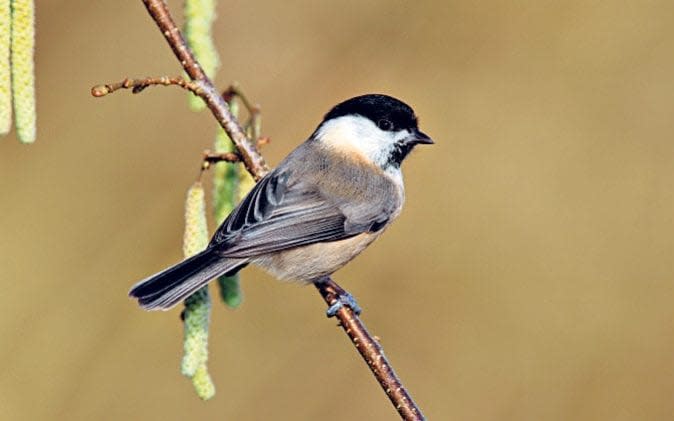Could 'messy areas' in the garden be the key to saving the UK's most endangered birds?

We live in a society where, to some, appearance is everything. In our quest for perfection, pristine green lawns and neat borders are the norm and anything that doesn’t fit that vision is tidied away.
Personally, though, I prefer the rustic look, with areas of overgrown shrubs, trees edging ever closer to the sun and lawns with blooms of dandelions and clovers bursting through.
These so-called “messy” areas are vitally important, and provide a huge amount of habitat for a range of different species. They also allow us to be more laid-back in our gardening and let nature move in.
In my garden, we have hawthorn trees surrounded by sycamores and holly. While this could end up being a big pruning and manicuring job each year, instead we just trim a bit off the tops of the trees to keep them healthy and to allow the border to flourish.
Having these natural areas provides a home for invertebrates and mammals, and over time, as denser growth develops, leads to an increase in the diversity of wildlife in your garden, especially birds.
The charismatic willow tit is the fastest-declining resident bird species in the UK, with numbers dropping by 94 per cent between 1970 and 2012, largely because of habitat loss. Willow tits favour the “messy” damp thorny shrubs that are often cleared in favour of “neater” habitats, and they love the dense vegetation of brambles, hawthorns, blackthorns and birches.
This tiny bird has now been listed by the Government as one of 100 priority species whose habitat needs to be regenerated as soon as possible. It is now believed they need seven times more habitat than conservationists had originally thought, so garden habitats are very important.
Willow tits will excavate their own nesting holes using rotting willow and birch and use the discarded wood chippings as the lining for the base of their nests. Many gardeners, however, are quick to remove any sign of rotting trees, which often don’t fit in with our idea of perfection, yet leaving just a few of these decaying trees could help reverse the bird’s decline.
In your garden, have a think about where you could create spaces for wildlife. Is there an unloved corner you would like to improve? If so, think what else you could do with the space – consider planting some natives, such as brambles or hawthorns, that will fill in those vegetation gaps in borders.
Brambles, with their determination to colonise, are often frowned upon, but I love sitting next to them and listening to the buzz of bees, or watching wrens and common whitethroats jumping from branch to branch. If you have a damp or boggy garden, consider planting willow scrubs such as grey willow, bay willow or downy birch, which all look fantastic.
Instead of removing messy areas and brambles, we should celebrate the life that they bring. Let your garden go a little – the birds will thank you for it.
Dan Rouse’s new book, How to Attract Birds to Your Garden, will be published on Oct 15 (DK, £16.99).


